Ice Therapy on Your Face? Everything You Must Understand
| Authored By: Shagun Azad | Reviewed By: Dr Shashank Malik |
| Estimated Reading Time: 7 minutes |
Numerous skincare trends are becoming more and more popular as people strive for perfect skin since they are convenient and reasonably priced. Using ice on the face, also referred to as ice therapy on face or skin icing, is one such fad. Applying ice directly to your face may sound strange, but many people swear by its benefits, saying it helps minimize puffiness, close pores, and improve the general condition of your skin.

But just because something is popular doesn't always imply it's safe or useful. This article explores the effects of using ice to your face and whether it is safe for your skin. We'll also go over the advantages, disadvantages, and appropriate ways to use ice in your skincare routine.
Table of Content:
|
Advantages of Applying Ice to the Face :
1. Decreased Inflammation and Puffiness:
The most popular use of ice therapy for the face is to lessen puffiness, especially around the eyes. The blood arteries in the tissues surrounding the face contract in the cold, reducing edema and fluid retention. Because fluid builds up during sleep, puffiness tends to be at its worst in the morning, so this is very helpful.
2. Redness and Irritation Soothing :
Ice packs can temporarily alleviate the symptoms of inflammatory skin diseases including acne and rosacea. By decreasing blood flow to the afflicted areas, the cold helps soothe sensitive skin, hence lowering redness and irritation.

3. Reducing Pore Size:
The skin can appear tighter and larger pores can be less noticeable in colder climates. While this effect is transient, it can create the appearance of more equal skin tone and smoother skin. This effect can be especially helpful for people with oily skin because it can reduce the visibility of their pores.
4. Improving Skin Brightness:
After ice is removed from the skin, there is a spike in blood flow to the affected area after the initial vasoconstriction. A healthy glow from improved circulation can give the skin a more young, radiant appearance.
5. Soothing Burn:
Ice applied to the affected area can help relieve sunburns that result from overindulging in sun exposure. The ice's chilling properties aid in pain relief, inflammation reduction, and shielding the skin from more heat injury. Applying ice directly to burned skin, however, should be done with caution as it may do more harm than help.
6. Decreased Inflammation from Acne:
The size and redness of active acne can be lessened by icing. Lesions surrounding acne can be soothed and inflammation reduced with cold face therapy, which reduces the appearance of swelling. It may also momentarily dull the discomfort brought on by severe cystic acne.
Possible Hazards and Safety Measures :
Even while there are many advantages to icing your face, it's important to understand that not everyone will find this to be appropriate. Your face has delicate skin, so using ice incorrectly can cause a number of problems.

1. Frostbite:
Frostbite can result from prolonged contact with ice applied directly to the skin, particularly if there is no buffer to keep the ice in place. Frostbite causes acute discomfort, numbness, and in severe cases, tissue death to the skin and underlying tissues.
2. Shattered Vasculature:
Although ice constricts blood vessels, excessive use can lead to the rupture of these arteries, breaking capillaries beneath the skin. Your skin may develop tiny red or purple patches as a result, which may take some time to heal and, if you keep icing, may get worse over time.
3. Emotional Reactivity and Unease:
Ice therapy on the face may worsen the condition of those with sensitive skin, causing more irritation or discomfort. If the cold is applied directly to the skin, it might cause a reaction that results in redness, flakiness, and a burning feeling.
4. Inflaming Skin Illnesses:
Ice packs might exacerbate any skin disorders you already have, such as dermatitis or eczema. Dry skin caused by cold face therapy can exacerbate these problems. It is usually advisable to see a dermatologist before attempting any new therapies on skin that is damaged or sensitive.
How to Apply Ice Correctly to Your Face :
It's imperative to use ice carefully to prevent injury to your skin given the potential risks. Here's how to safely use ice in your skincare routine, step-by-step:
1. Always Wrap the Ice:
Avoid putting ice against your skin. Rather, encase the ice cube in a soft plastic bag or a fresh towel. This lowers the chance of frostbite and irritation by forming a barrier between your skin and the ice.

2. Be Wary of Overdoing:
Applying ice to an area should just take a minute or two at most. It can be harmful to be exposed to low temperatures on a regular basis. Stop right away if you have any pain, numbness, or discomfort.
3. Apply Ice Moderately:
You shouldn't use ice in your regular skincare regimen. It's sufficient to do this once or twice a week to see benefits without endangering your skin. Overuse on a regular basis can result in skin problems such as damaged capillaries.
4. Express Gentleness :
Instead of holding the ice in one place while applying it to your face, softly move it over your skin. Pay attention to regions that require care, such swollen eyes or irritated spots, but don't apply too much pressure.
5. Moisturize :
After applying ice to your face, use a moisturizer or Moisturizing Serums. Rehydrating your skin is essential to preserving a healthy skin barrier because the cold can dry it out.
Who Is Not Allowed to Apply Ice on Their Faces?
While many people may benefit from ice therapy on face, let us see who should avoid using it:
1. Cold Sensitive Individuals:
Ice should not be applied to the face by people who have cold-induced urticaria, a condition in which cold temperatures cause hives. Using ice could result in discomfort, edema, and redness.

2. People with Sensitive or Thin Skin:
Using ice on thin or delicate skin can be counterproductive. Sensitive skin is readily irritated by cold temperatures, which can result in redness, flakiness, or even broken capillaries.
3. People with Vulnerable Skin Barriers:
Ice cream may make skin issues worse, such as dermatitis, eczema, or extremely dry skin. Drying out the skin with cold face therapy might cause further irritation and damage to the skin's protective layer.
4. Resorceacea Users:
People who have rosacea should avoid using ice since it might cause flare-ups, even though it can momentarily lessen redness. This ailment can be made worse by cold, which exacerbates skin sensitivity and inflammation.
Ice Therapy for Face Substitutes:
If you want to take advantage of some of the advantages of icing your face but are concerned about the possible hazards, you have a few more options to think about:
1. Cold Press:Without the chance of frostbite or other skin injury, a cold compress can offer comparable advantages. Apply a cold-soaked washcloth or a gel eye mask to the trouble spots.
2. Refrigerated Beauty Equipment :
You can keep cold-stored tools like gua sha stones and jade rollers and use them to massage your skin. Without the roughness of direct ice treatment, these devices aid in lymphatic evacuation, decrease puffiness, and enhance circulation.
3. Relaxing Water Jet:
You may revitalize your skin and minimize puffiness by sprinkling cold water on your face without having to worry about broken capillaries or cold burns. Using cold face therapy in this delicate manner has its advantages.
4. Serums that Hydrate:
Some of the calming qualities you might want from icing can be found in Face serums with ingredients like hyaluronic acid, aloe vera, or cucumber extract. These components can moisturize and relax the skin.
Final Thought:
Can You Wear Ice on Your Face?
Ice therapy for the face is a common option for quick cures in skin care because it can provide momentary relief for redness, swelling, and inflammation. But using ice to your face has some risk as well, including the possibility of discomfort, damaged capillaries, and frostbite. Consequently, it's imperative to handle ice properly, which means limiting exposure, always covering it with a cloth, and monitoring your skin's reaction. Take into account your skin type and any current skin issues before using ice into your skincare regimen. It could be advisable to stay away from ice therapy for the face and instead use more moderate options like cold compresses or calming serums if you have sensitive, reactive, or damaged skin.
Moderation is essential with any skincare regimen, and seeing a dermatologist is always advised—especially if you have concerns about the health of your skin.
References:
1. Jung, J. H., Lee, J. H., & Kim, M. K. (2021). The effects of cryotherapy on the skin: A comprehensive review. Journal of Dermatological Treatment, 32(5), 563-570. https://doi.org/10.1080/09546634.2020.1846763
2. Kwon, H. J., Kim, S. Y., & Han, J. H. (2019). The impact of cold therapy on facial skin conditions: A study on efficacy and safety. Clinical, Cosmetic and Investigational Dermatology, 12, 67-74. https://doi.org/10.2147/CCID.S183949
3. Yoon, S. H., & Kim, Y. S. (2022). Evaluating the benefits and risks of ice therapy for skin care: A review of clinical outcomes. Journal of Cosmetic Dermatology, 21(3), 232-239. https://doi.org/10.1111/jocd.14622
Related Articles:
1. DIY Skincare Recipes with Plant Actives Skin Care Products
2. Unbelievably Easy DIY Skin Brightening Creams With Natural Ingredients
3. Nani Ke Nuskhe - Home Remedies Your Nani Approves
Recommended Products by Blue Nectar:
Vitamin C Face Serum for Radiant & Spotless Skin (9 herbs, 30ml)
Kumkumadi Oil | Kumkumadi Face Serum for glowing skin
Women's Anti Aging Face Cream with Saffron & Sandalwood (14 Herbs, 50g)
Women's Sandalwood Face Cream for Even Skin Tone and Skin Brightening (13 herbs, 50g)
 |
Shagun Azad: Shagun is a versatile writer and a wellness enthusiast. She is an Ayurvedic practitioner and is experimenting with Plant Based lifestyle. She is also pursuing her Masters in Behavioral Economics. She is also working on her first book which is expected to hit the stands very soon. |
 |
Dr Shashank Malik: Dr Shashank has been practicing Ayurveda for last 15 years. Having worked in multiple countries in spreading Ayurveda practice, he currently runs his own Wellness centers by name of Ayur Hridayaam |


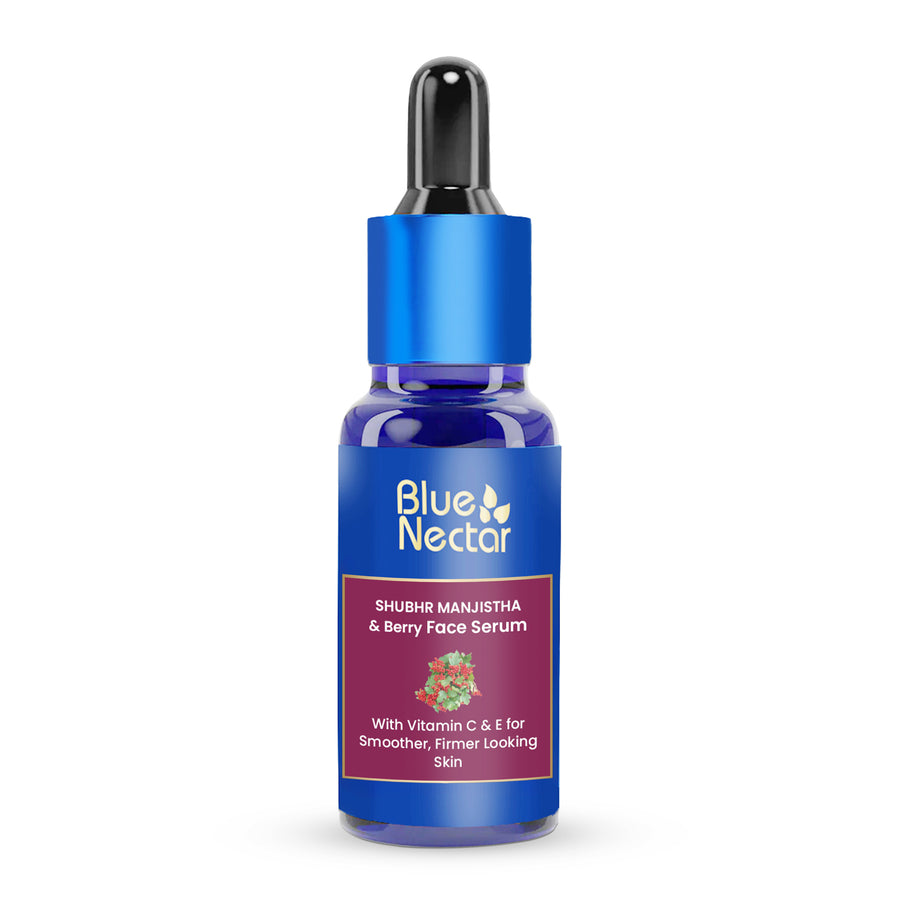
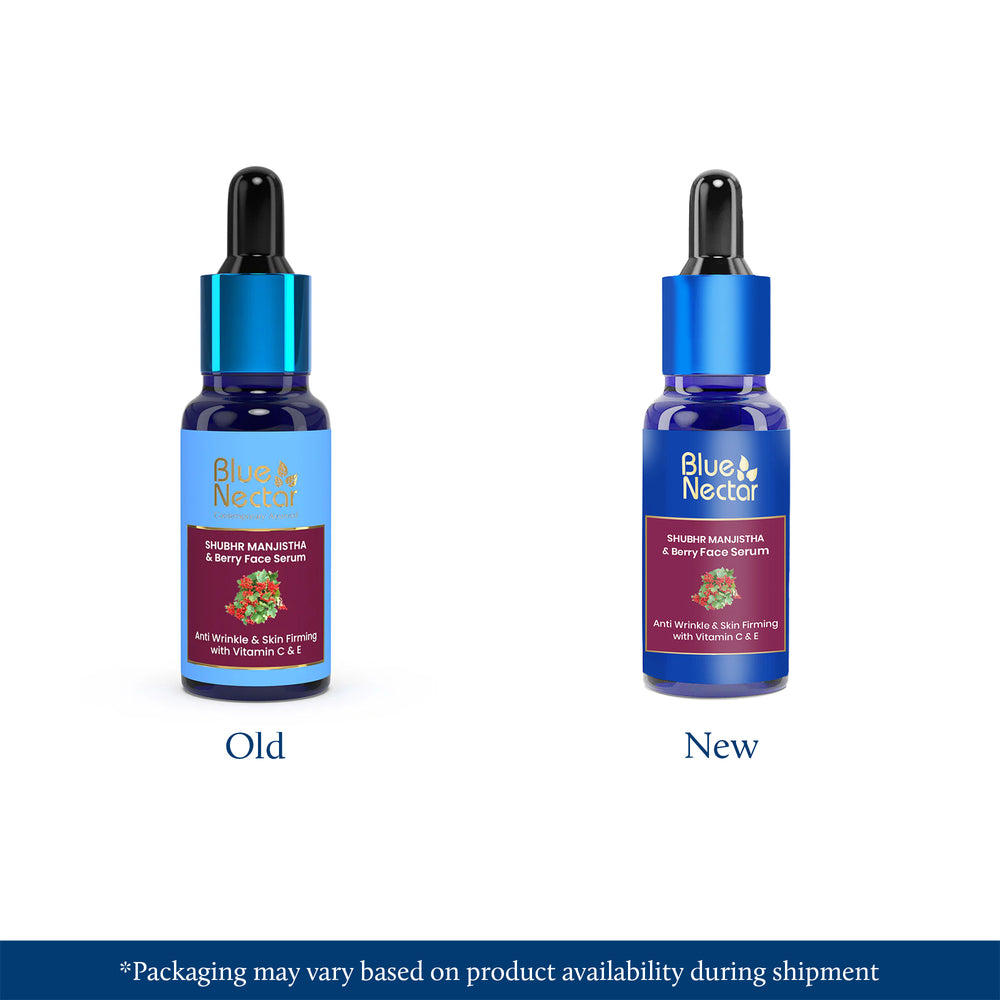
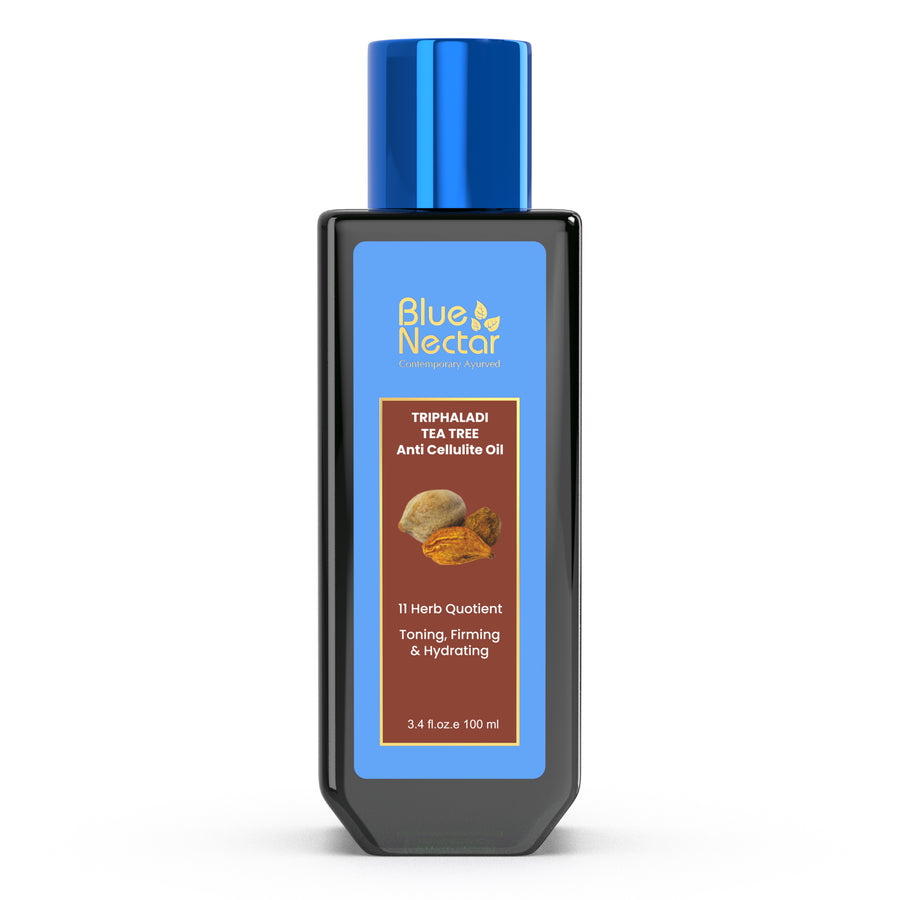
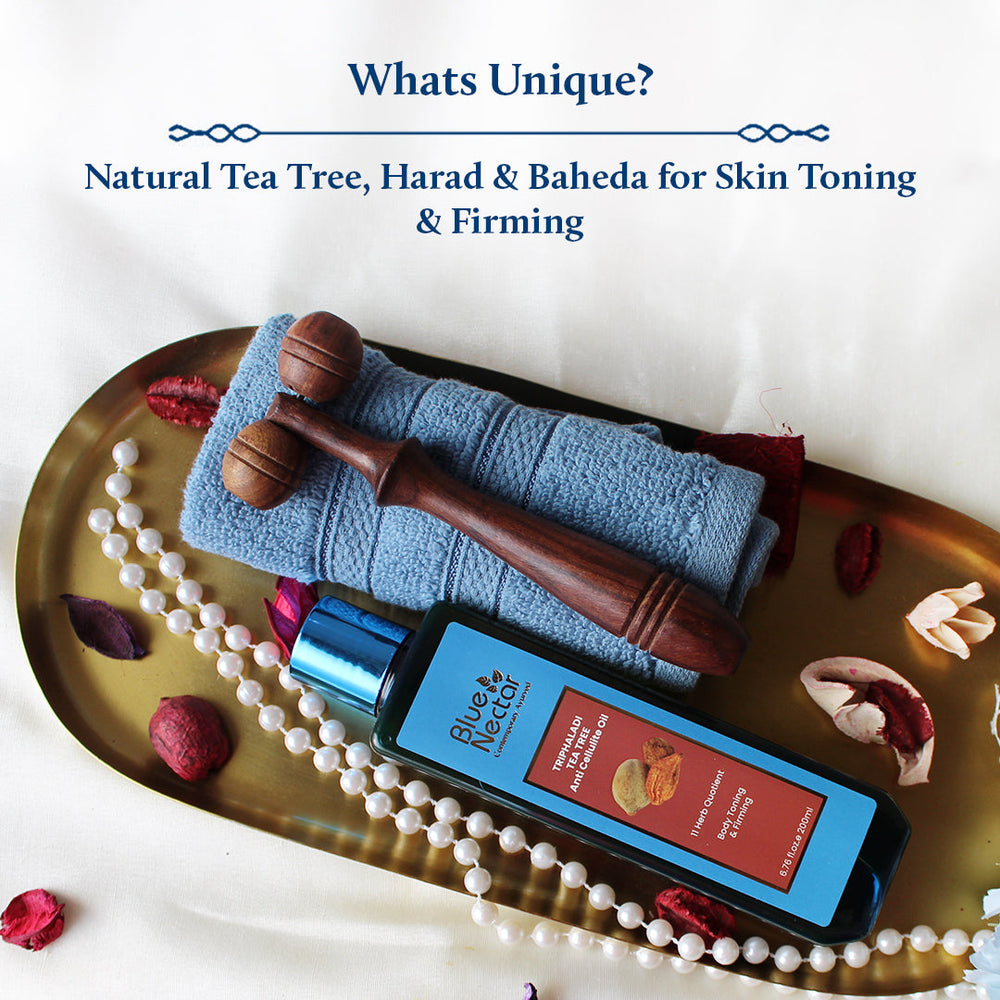
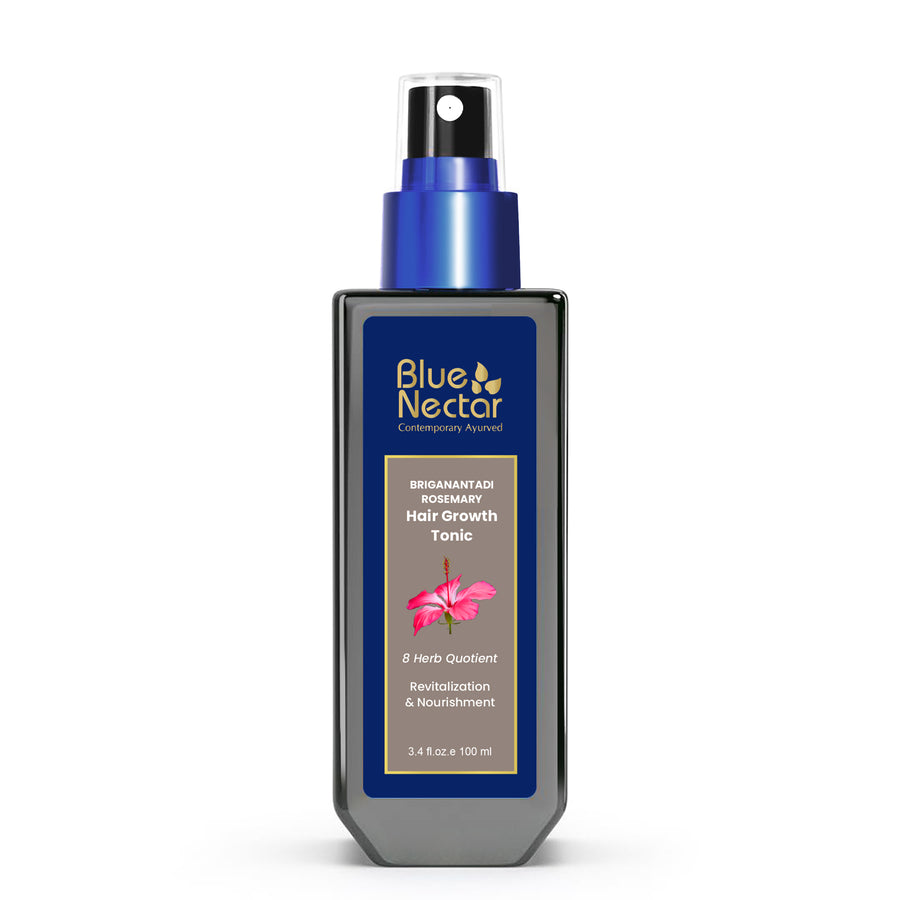
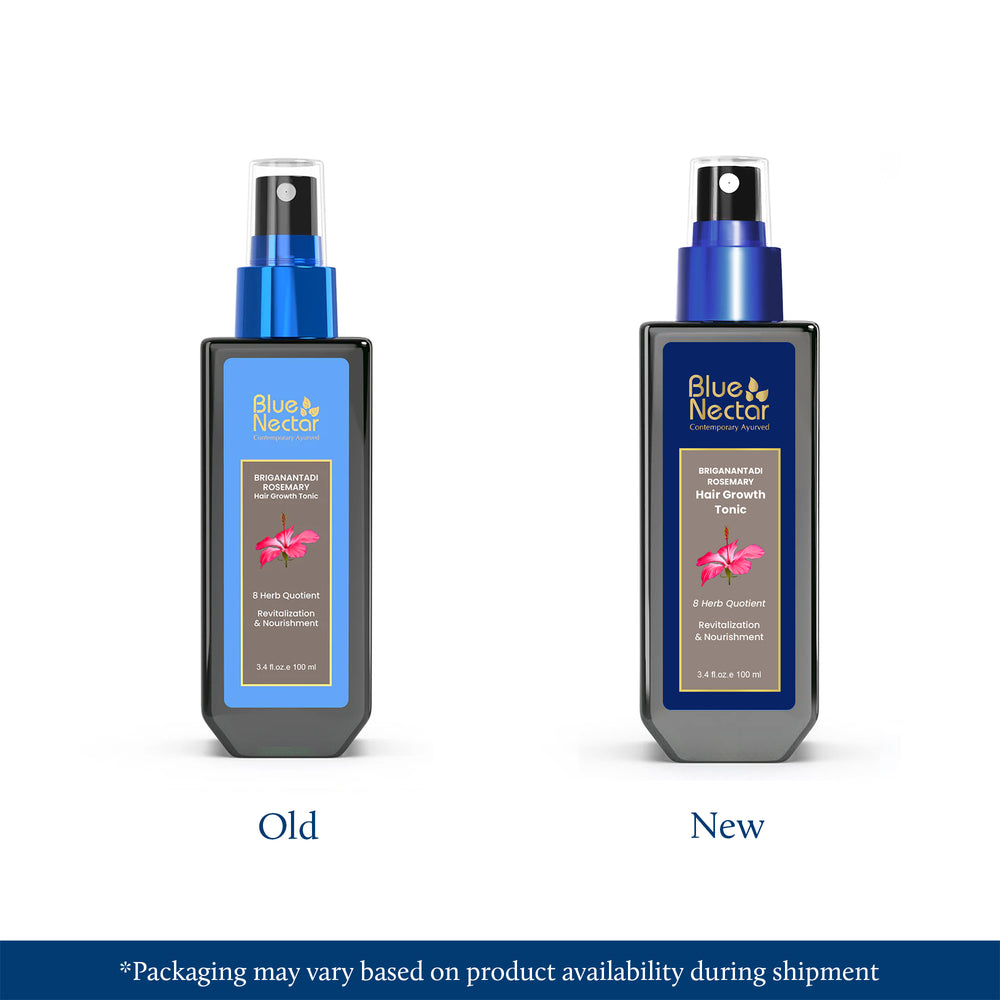
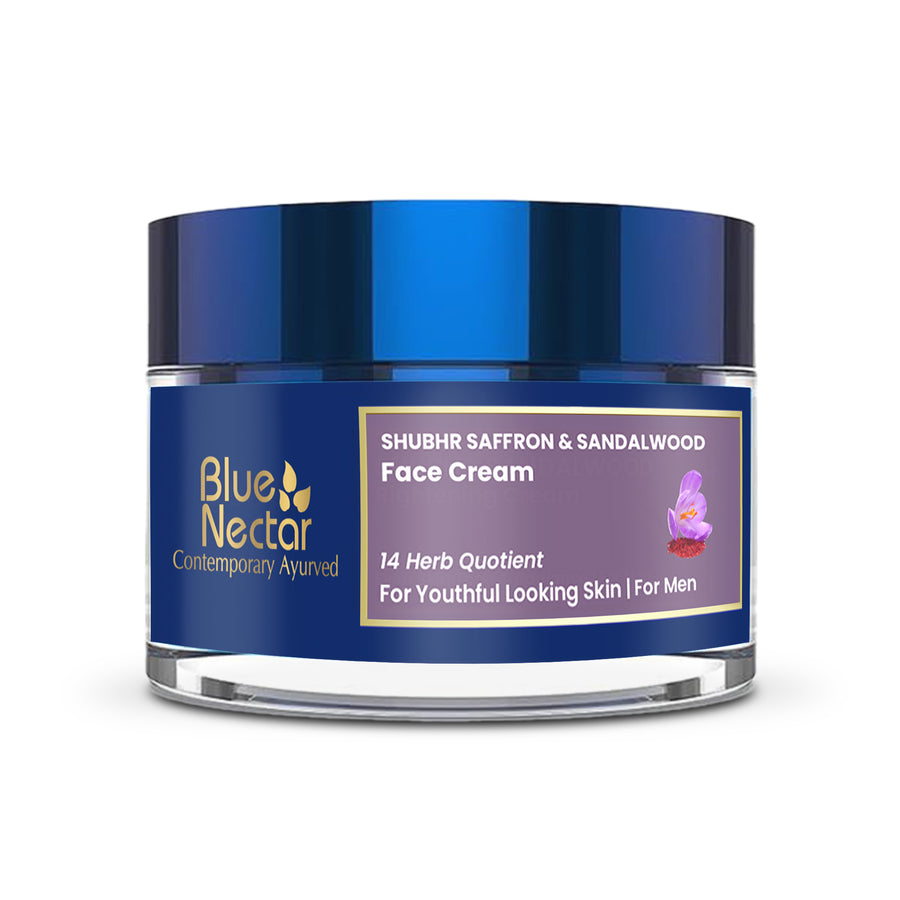
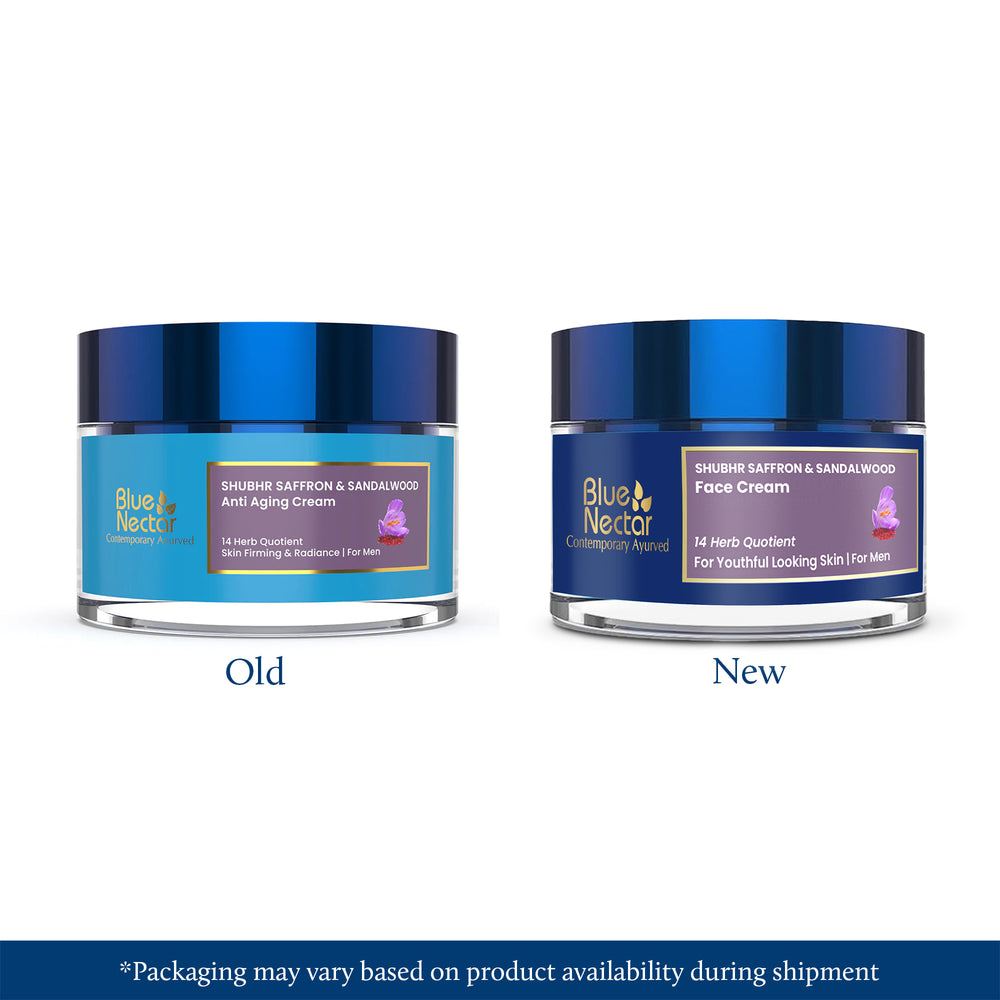
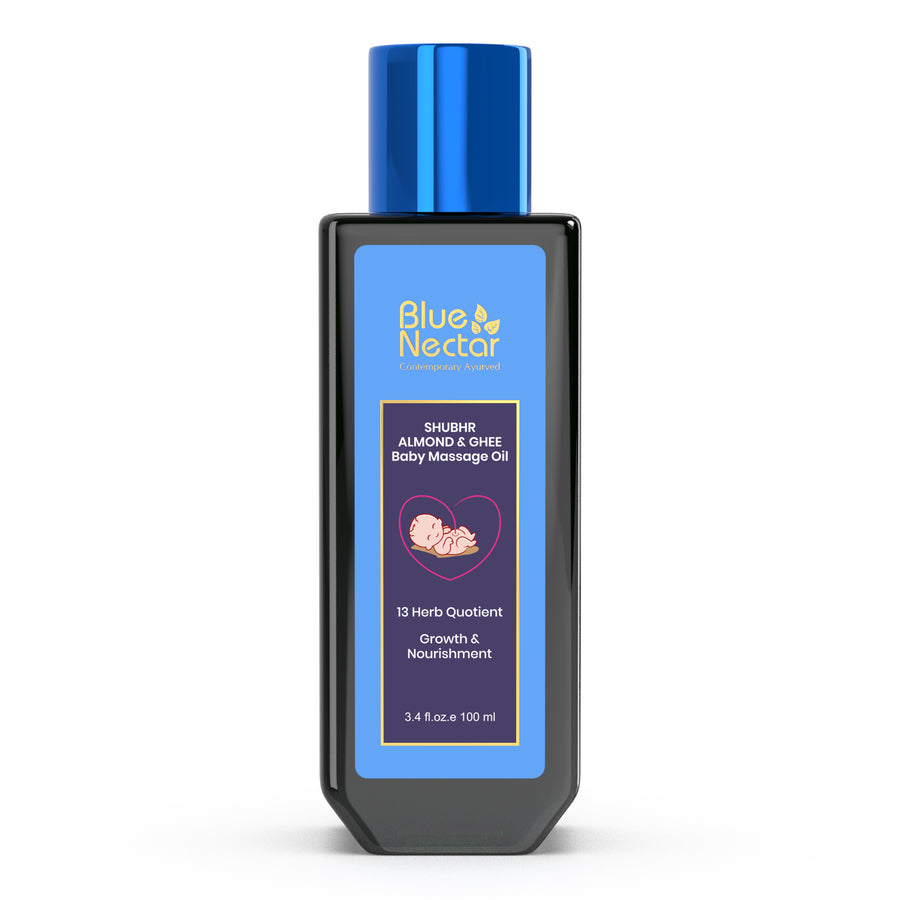
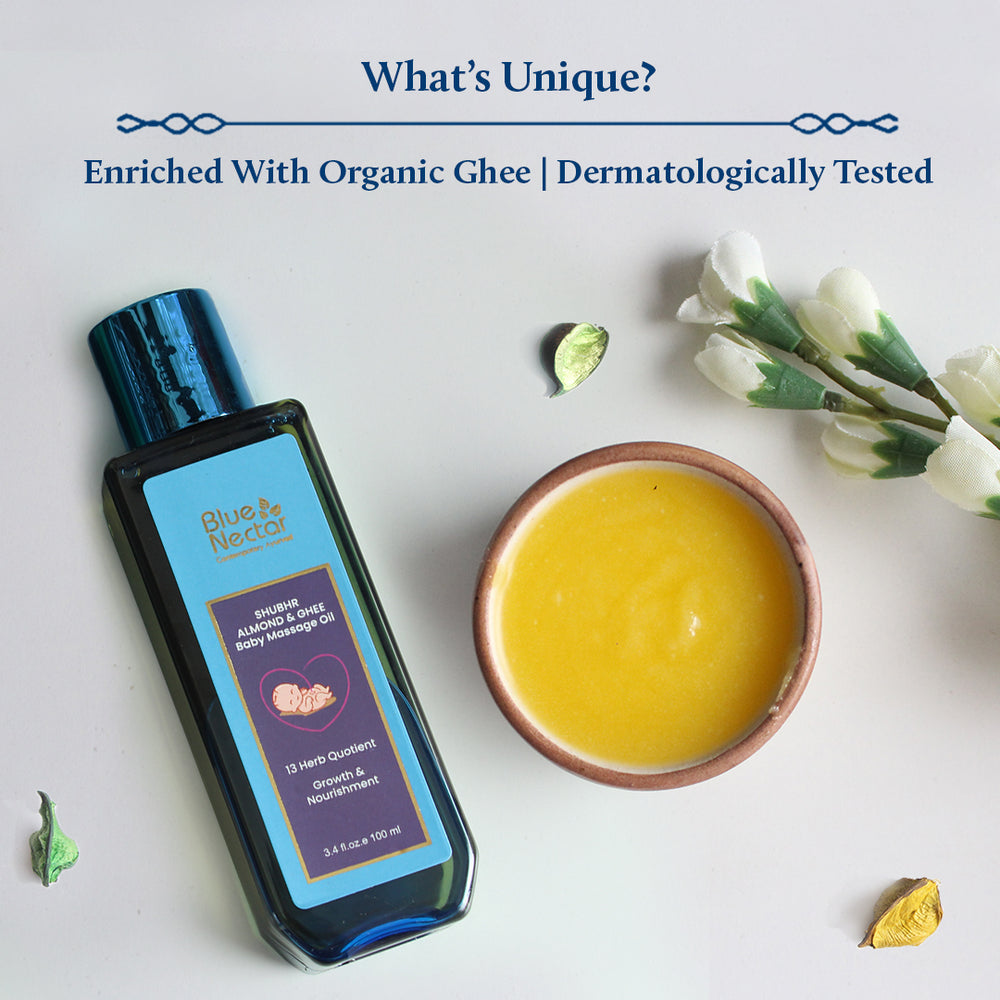
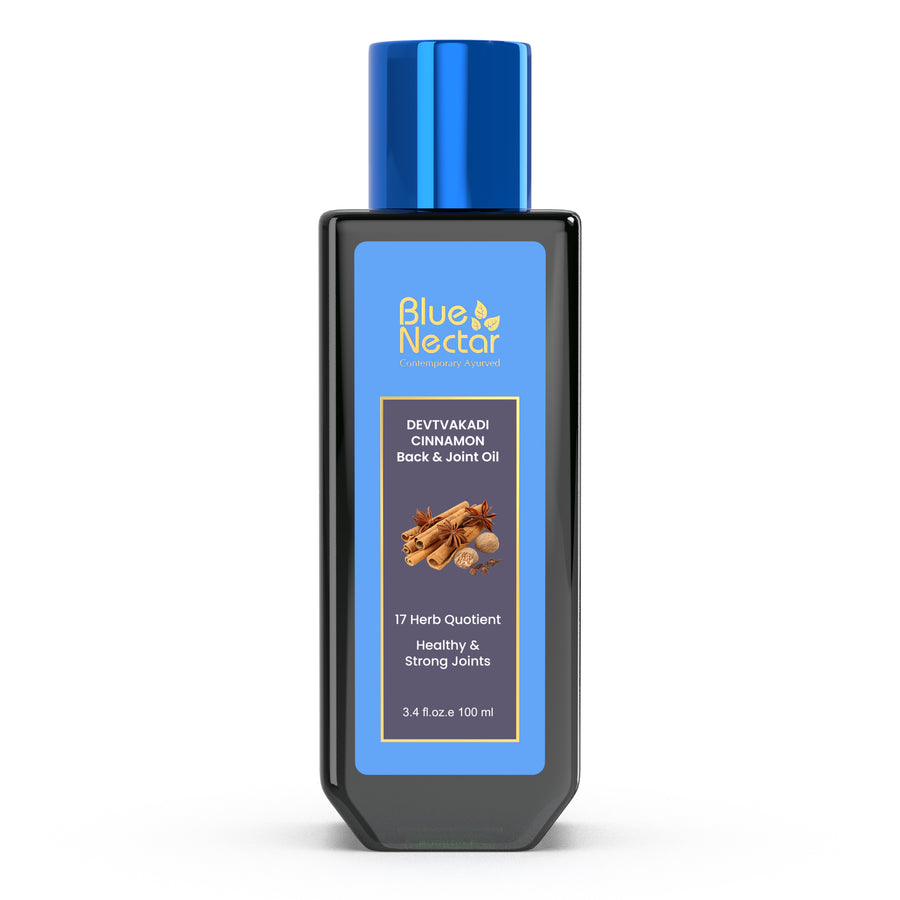
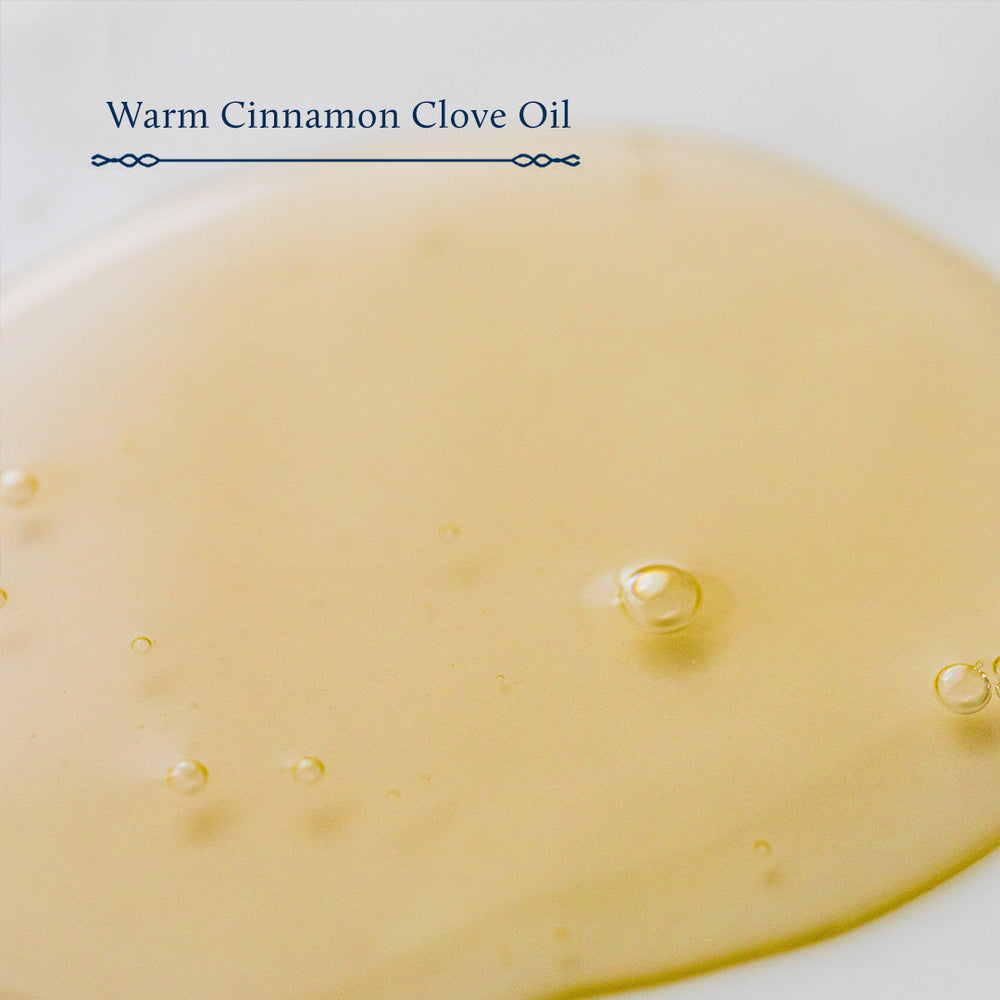

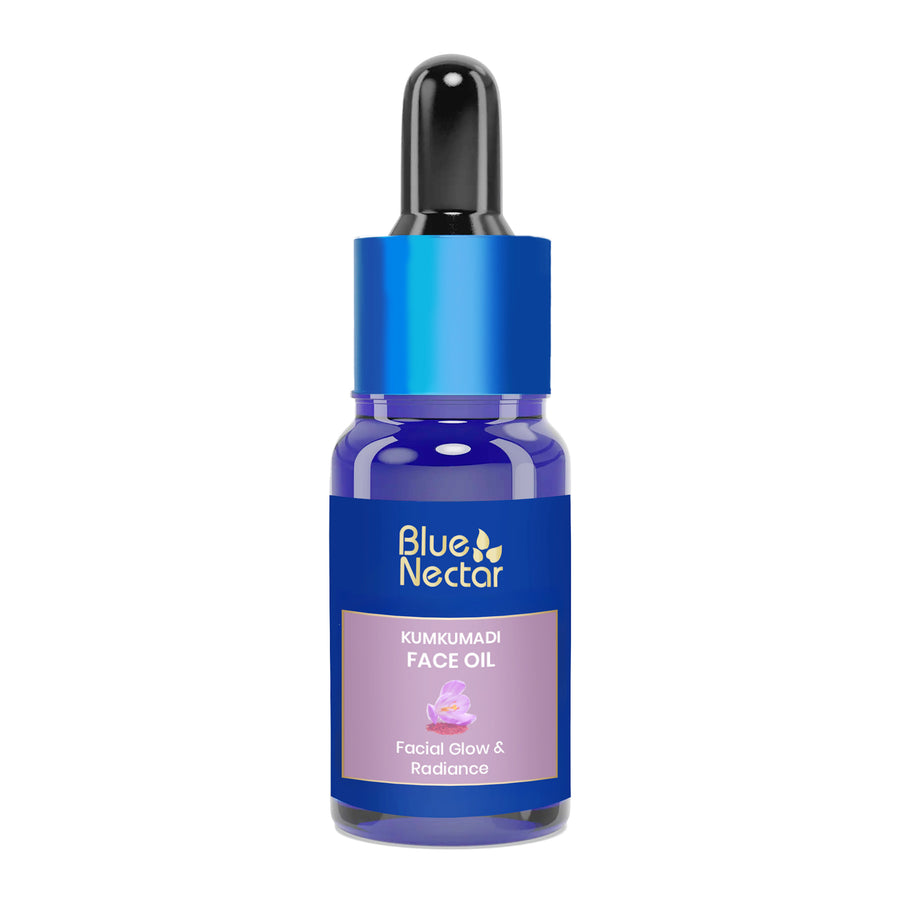
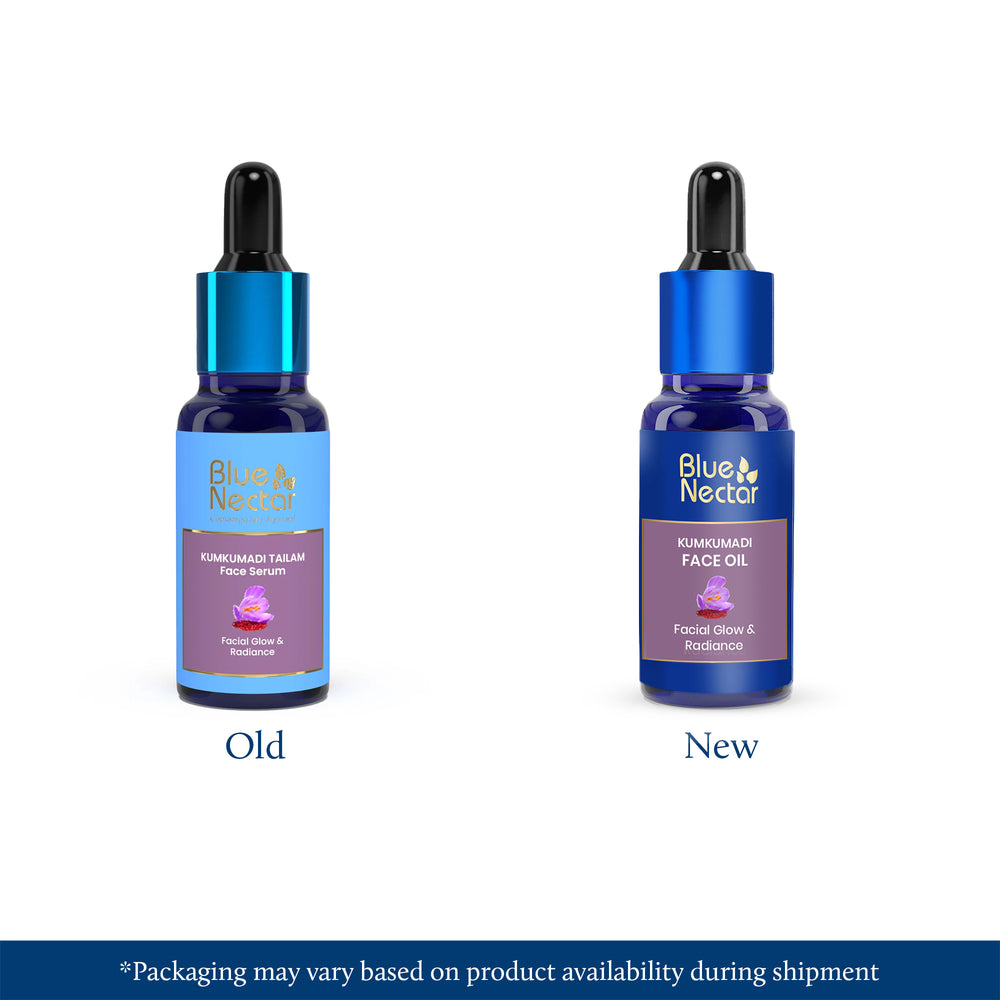
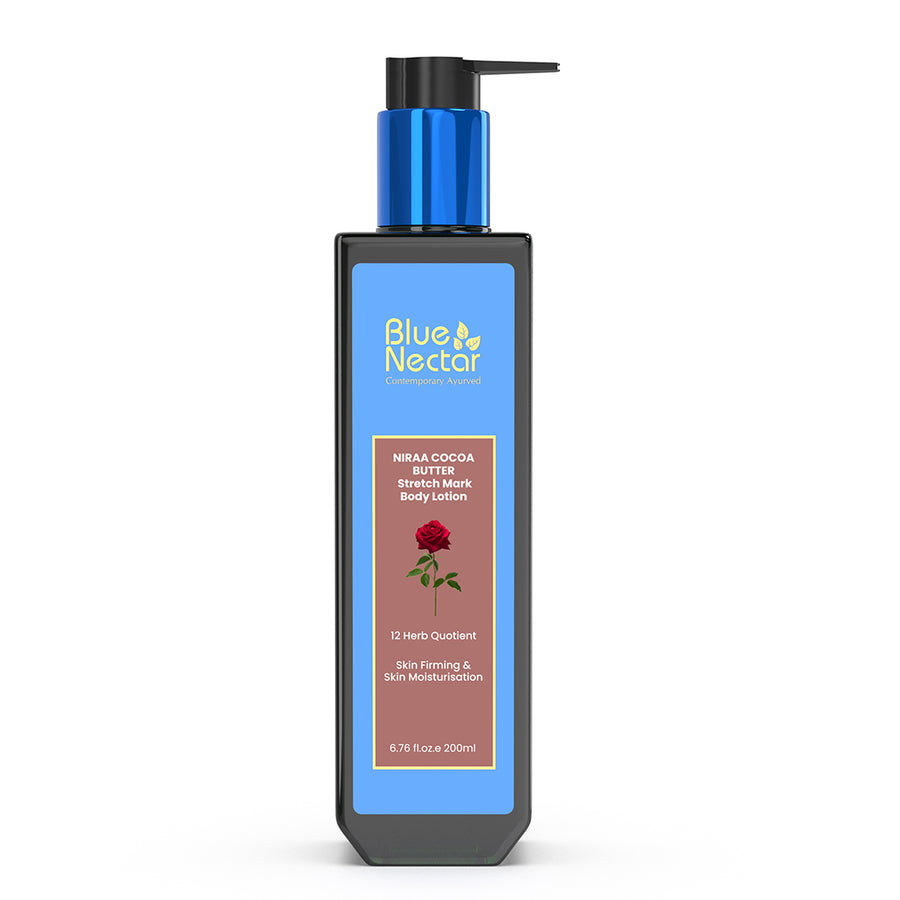

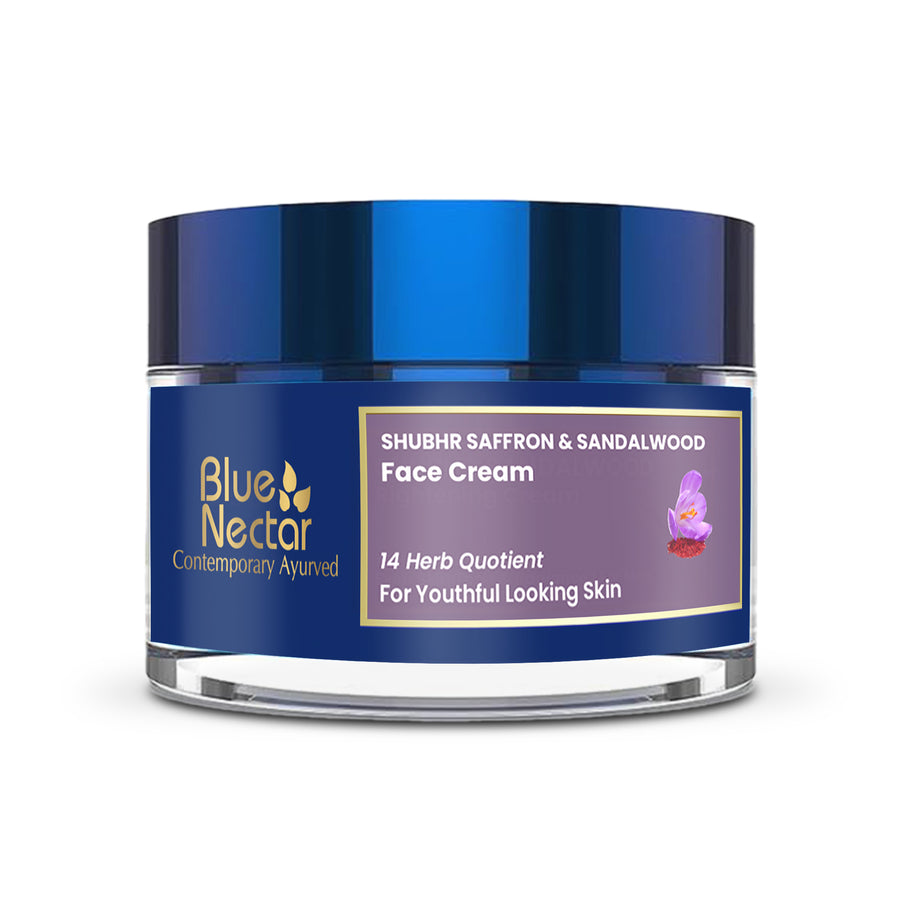
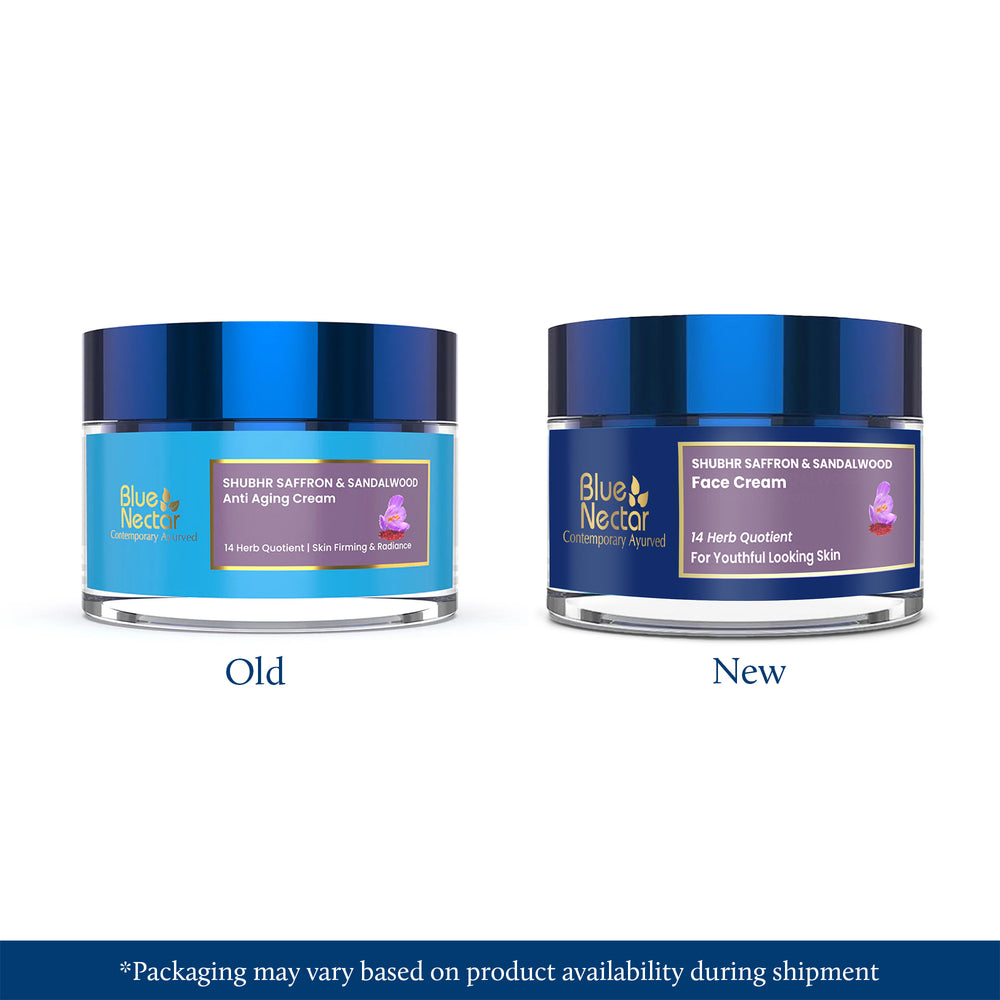
Leave a comment